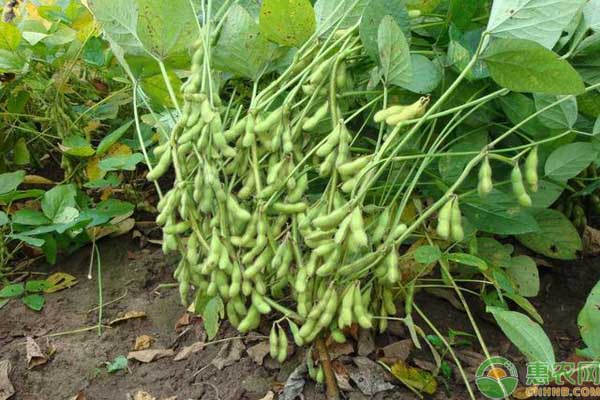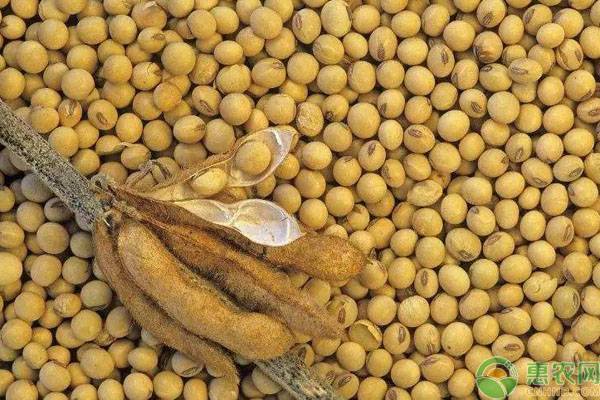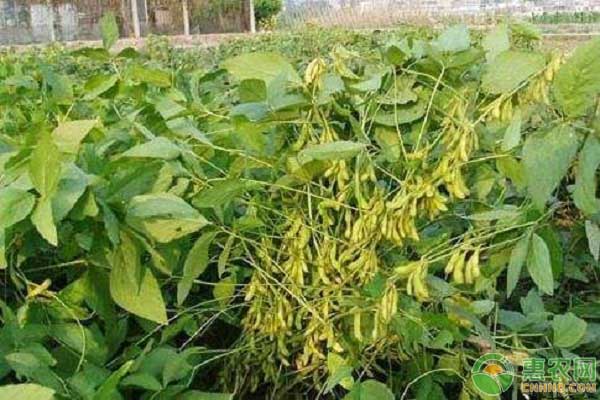Characteristics of water demand during soybean growth
Watering and fertilization are very important for most crops. These links are completed and crops can be further developed. Today, we mainly learn about the characteristics of soybean growth and the most scientific and reasonable way to arrange watering. First, the characteristics of soybean growth on water demand 1. The whole growth process of soybean requires more water, and the water consumption in each growth period varies greatly. The water consumption from seeding to emergence is about 5% of the total water consumption. During this period, if the water is insufficient, or if it falls in the middle, the seed will easily lose its rooting ability in the soil. Even if it is barely germinated and emerged, it is difficult to reach the seedling. 2. Soybean consumes about 13% of water from emergence to branching. At this time, the soybean seedlings are rooted. If the soil moisture is too much, the roots will not be tied, only the soil surface will grow, the stems will be slender, and the stems and leaves will be tender. It is prone to lodging in the later stage. During this period, unless it is particularly dry, it is generally not suitable for irrigation. On the contrary, the water should be properly controlled to promote the development of the root system to a deeper layer, forming a strong root system and enhancing the late lodging resistance of soybean. 3. Soybean is about 17% water consumption from branching to flowering. At this time, the main stem of soybean plants became thick and elongated, the compound leaves continued to appear, the branches were successively produced, and the roots developed in depth. At the same time, the flower buds gradually differentiated, and the vegetative growth and reproductive growth progressed. At this time, the soybean water requirement began to increase. Timely irrigation can promote the growth and development of soybean. 4. During the flowering to granulation stage of soybean, soybean requires the most water, accounting for 45% of the total water consumption. It is a key period for soybean water demand, transpiration reaches a peak, and dry matter accumulation also rises linearly. Therefore, timely and adequate water supply during this period is an extremely important measure to ensure high yield of soybeans. 5. Soybean granules to perfection, water consumption accounts for about 20%. During this period, if there is drought and water shortage, the granules and scorpion pods will increase, and the 100-grain weight will decrease. Second, how to determine if soybeans need to be watered 1. Watering according to the growth period: different water needs for different growth stages, such as less water requirement during seedling stage, should be appropriate drought, no watering or less watering. In the flowering, pod-forming, and bulging period, more water is needed, and drought has a greater impact on yield. Watering should be timely in case of drought. 2. According to soybean long-term irrigation: the growth state of soybean plants is an important indicator of water demand. For example, if the soybean plant grows slowly, the leaves are old green, and there is a wilting phenomenon at noon, that is, the soybean water shortage performance should be timely watered. It is determined that when the water content of soybean plants is 69%~75%, it is normal fertility state; when the water content is reduced to 65%~67%, it is wilting; when the water content is reduced to 59%-64%, The plants are wilted, the number of flowering is reduced, and the flowering is significantly increased. 3. Irrigation according to soil moisture: Whether the soil moisture content is suitable is a reliable basis for correctly determining whether irrigation is possible or not. Under general soil conditions, the suitable water content of soybean in each growth stage is about 20% in seedling stage, about 23% in branching stage, about 30% in flowering and pod-forming stage, and 25% to 30% in drum stage. When the soil water content is lower than the appropriate water content, the soybean may be damaged and should be watered. 4. Irrigation according to the weather conditions: According to the weather conditions and the weather forecast to determine the irrigation, such as the long sunny and no rainy water irrigation, it will be raining and not watering, the rain will not be early. High temperature, low air humidity, large evaporation, insufficient soil moisture, timely watering, even if the soil moisture is barely enough, but due to air drying should also be timely watering. 5. According to soil quality and terrain irrigation: soil quality, topography, irrigation times, irrigation quantity should also be different. The old sandy soil is poor in water storage and fertilizer, and soybean is susceptible to drought. It should be lightly irrigated and digested. Sticking to the soil, the water storage capacity is strong, the water is easy to evaporate, and the irrigation amount should be appropriately larger. The soil structure is good, the organic matter content is high, the water retention capacity is strong, and the irrigation times and irrigation amount are not excessive. The above is all the content of today, soy growers friends must figure out these principles when watering soybeans. For the wonderful pictures and hot comments about soybean watering, you may be interested in the following recommended contents of Hui Nong. Welcome to read.
LLLT soft laser therapy device handheld laser therapy device for pain relief
handheld laser therapy device for pain relief,soft laser therapy device,laser therapy equipment,laser physical therapy equipment,Handheld Laser Device
Handheld laser therapy devices, also known as low-level laser therapy (LLLT) devices or cold laser therapy devices, offer several benefits for various applications. Here are some of the key benefits: handheld laser therapy device for pain relief,soft laser therapy device,laser therapy equipment,laser physical therapy equipment,Handheld Laser Device Shenzhen Guangyang Zhongkang Technology Co., Ltd. , https://www.syztreatment.com


1. Pain Relief: Laser therapy devices can provide effective pain relief by stimulating the release of endorphins, reducing inflammation, and improving blood circulation. They can be used to alleviate acute and chronic pain in conditions such as arthritis, sports injuries, back pain, and fibromyalgia.
2. Accelerated Healing: Laser therapy promotes tissue repair and regeneration by increasing cellular energy production. It helps to speed up the healing process of wounds, cuts, burns, and post-surgical incisions. It can also be used to treat skin conditions like acne, eczema, and psoriasis.
3. Non-Invasive and Non-Pharmacological: Laser therapy is a non-invasive treatment option that does not require surgery, injections, or medications. It offers a drug-free alternative for pain management, reducing the risk of side effects and drug interactions.
4. Easy to Use: Handheld laser therapy devices are portable and user-friendly. They can be used at home or on-the-go, allowing individuals to manage their pain or promote healing conveniently and independently.
5. Versatile Applications: These devices can be used for a wide range of conditions, including musculoskeletal injuries, nerve pain, joint pain, dental problems, skin disorders, and more. They are suitable for both human and veterinary use.
6. Cost-Effective: Compared to other treatment options, handheld laser therapy devices can provide cost savings in the long run. They offer a one-time investment, eliminating the need for ongoing medication or frequent visits to healthcare professionals.
7. Minimal Side Effects: Laser therapy is generally safe and well-tolerated. It has minimal side effects, such as temporary redness or warmth at the treatment site. However, it is important to follow the manufacturer's instructions and consult a healthcare professional if needed.